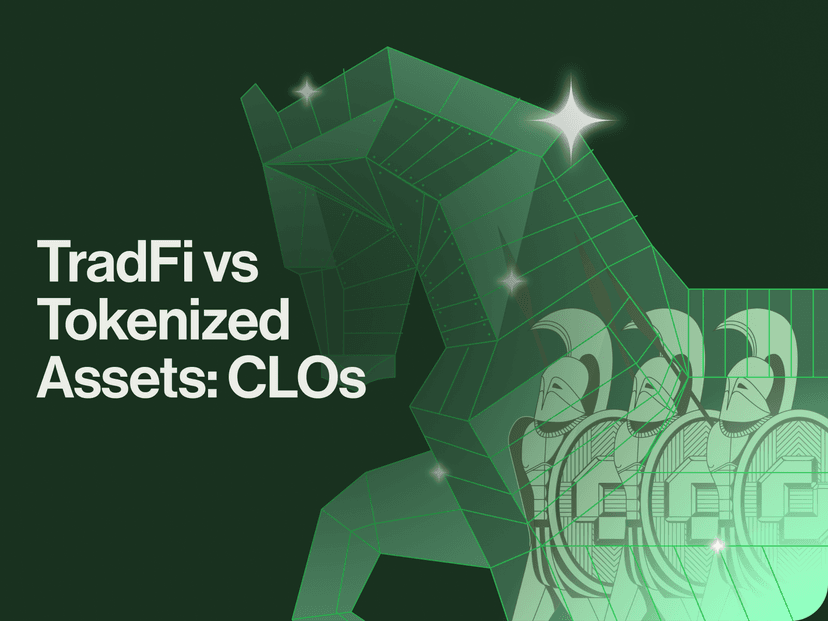The conversation about the future of money increasingly converges to one word: stablecoins.
As of October 14, 2025, the total stablecoin market cap stands at
$293.84 billion. This figure is already significant, but it may only be the beginning. In its
Digital Dollars report (April 2025), Citi projected that the circulating supply of stablecoins may reach
$1.6 trillion by 2030.
For builders, businesses, and policymakers, stablecoins aren’t just another crypto narrative. They are fast becoming the foundation for global payments, financial access, and digital innovation.
Why Stablecoins Matter
Unlike other cryptocurrencies, stablecoins are designed to maintain a steady value by pegging their price to a reference asset, typically a currency like the U.S. dollar. Their reserves are typically backed by highly liquid instruments such as government bonds, corporate debt, or cash equivalents.
This stability makes them an attractive tool for solving real-world challenges. For businesses operating in or across emerging markets, traditional finance creates constant friction. Cross-border payments are slow, foreign exchange fees are steep, and treasury management is often inefficient. Stablecoins unlock alternatives that are cheaper, faster, and programmable.
The impact can already be seen in multiple areas. Startups are using stablecoins to settle cross-border payments with reduced foreign exchange friction. In volatile economies, companies can denominate payroll and treasury management in dollars, reducing exposure to local currency fluctuations. Families are sending remittances at a fraction of the traditional cost; transferring money from Canada to Vietnam currently averages
$12.19 in fees, while a stablecoin transfer can cost as little as one cent.
Regulation is Catching Up
The past year has marked a turning point in policy. In July, 2025, the U.S. President signed into law the GENIUS Act, the country’s first federal framework for payment stablecoins.
The Act provides clarity by classifying payment stablecoins as payment instruments rather than securities or commodities. It requires them to be fully backed on a one-to-one basis by U.S. dollars, Federal Reserve notes, or short-term U.S. Treasury securities. It also mandates monthly reserve reporting to ensure transparency.
This framework removes long-standing uncertainty and opens the door for banks, fintechs, and developers to integrate stablecoins into mainstream financial infrastructure with confidence.
Unlocking New Use Cases
What makes stablecoins particularly compelling is the new categories of applications they enable. Because they are programmable and natively digital, they can serve as building blocks for new forms of economic activity.
Think about machine-to-machine payments, where AI agents could negotiate and settle transactions for cloud compute, storage, or bandwidth in real time without human intervention. Or consider micropayments in digital media and AI services, where a wallet could be given a budget and rules, and then autonomously distribute tiny payments for articles read, songs streamed, or AI models queried.
Stablecoins can also enable transparency at a scale previously unattainable. Governments, NGOs, or community organizations could use them to manage spending with full audit trails, creating public trust while reducing inefficiencies.
Stablecoins are programmable instruments that can expand what money does, not just how it moves. For developers, this opens a wide frontier to experiment with new kinds of financial interactions, embedding payments and trust into systems that were never possible with traditional infrastructure.
Backing is Everything
Despite all the innovation, one truth remains: stablecoins are only as strong as the reserves that back them. A stablecoin is fundamentally a promise, its peg to a reference asset only holds if the underlying collateral is real, fully accounted for, and liquid. When those reserves are opaque, undercollateralized, or mismanaged, the consequences can be catastrophic. The
collapse of Terra-Luna in 2022, which erased nearly 45 billion dollars in market capitalization within a single week, stands as a stark reminder. Once confidence in a stablecoin’s backing evaporates, the peg unravels, along with trust in the broader ecosystem.
This is where oracles play a critical role. Oracles serve as the bridge between offchain assets and onchain systems, providing a continuous, cryptographically verifiable audit trail about reserves. By leveraging oracles, stablecoins can offer transparent proof of collateral.
Chronicle’s Proof of Assets
Chronicle’s Proof of Assets delivers exactly this: onchain cryptographic attestations that verify reserves directly at the source. Data is fetched directly from custodians, validated independently, and then published onchain, creating an immutable audit trail. With Proof of Assets, developers and institutions can ensure stablecoins are provably backed rather than simply promised.
By integrating Proof of Assets, builders can create stablecoin systems that are resilient, transparent, and trustworthy, the kind of infrastructure needed to meet Citi’s trillion-dollar stablecoin forecast and beyond.
Final Thoughts
Stablecoins have already become indispensable to global finance, bridging the worlds of traditional banking and decentralized innovation. As their role expands, the key question is not whether stablecoins will scale, but how they can do so responsibly. Transparent proof of collateral is central to that journey, ensuring that growth is matched by trust.






